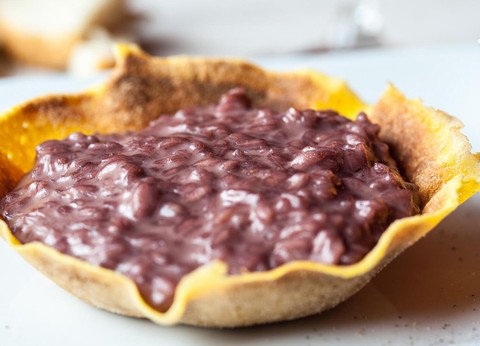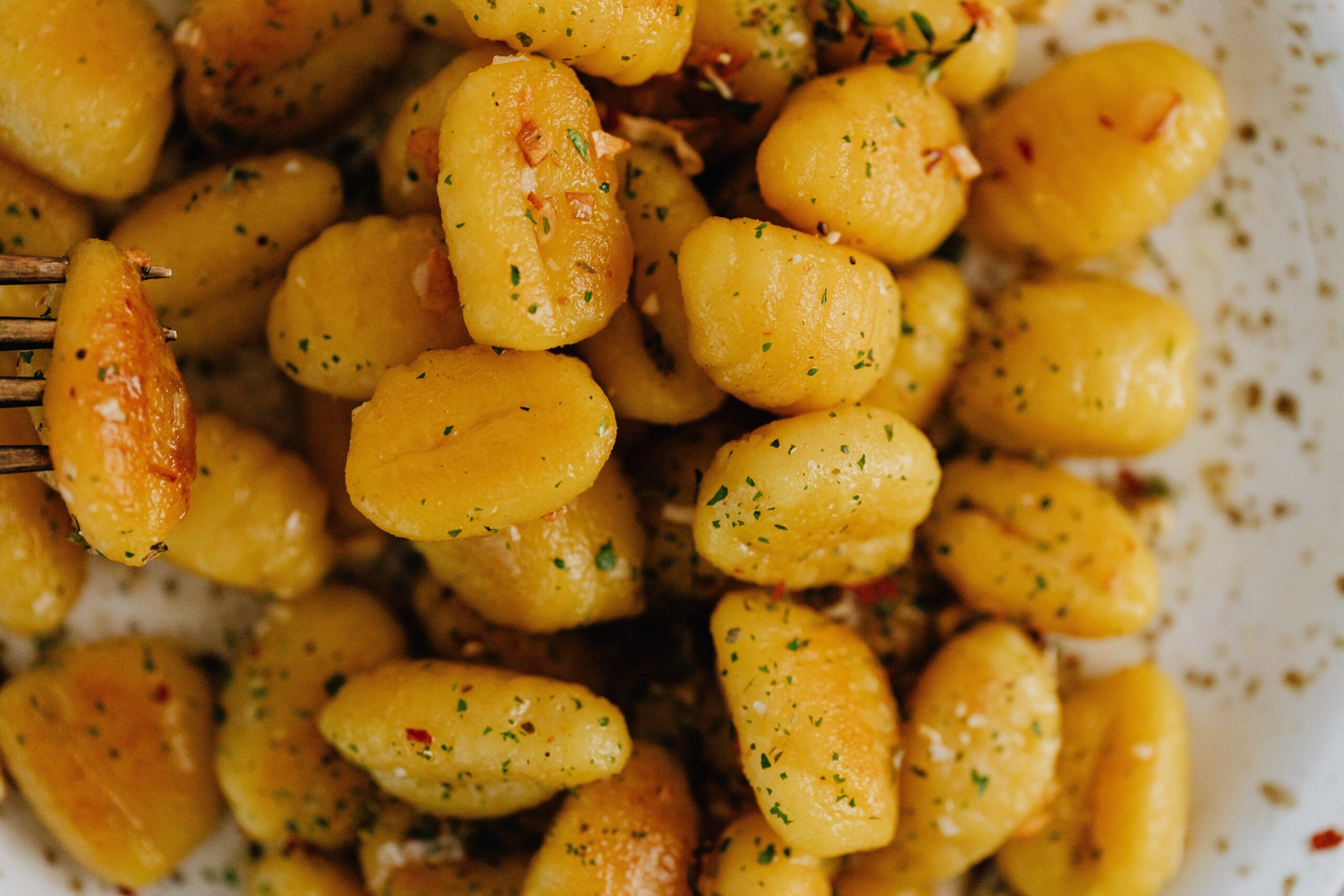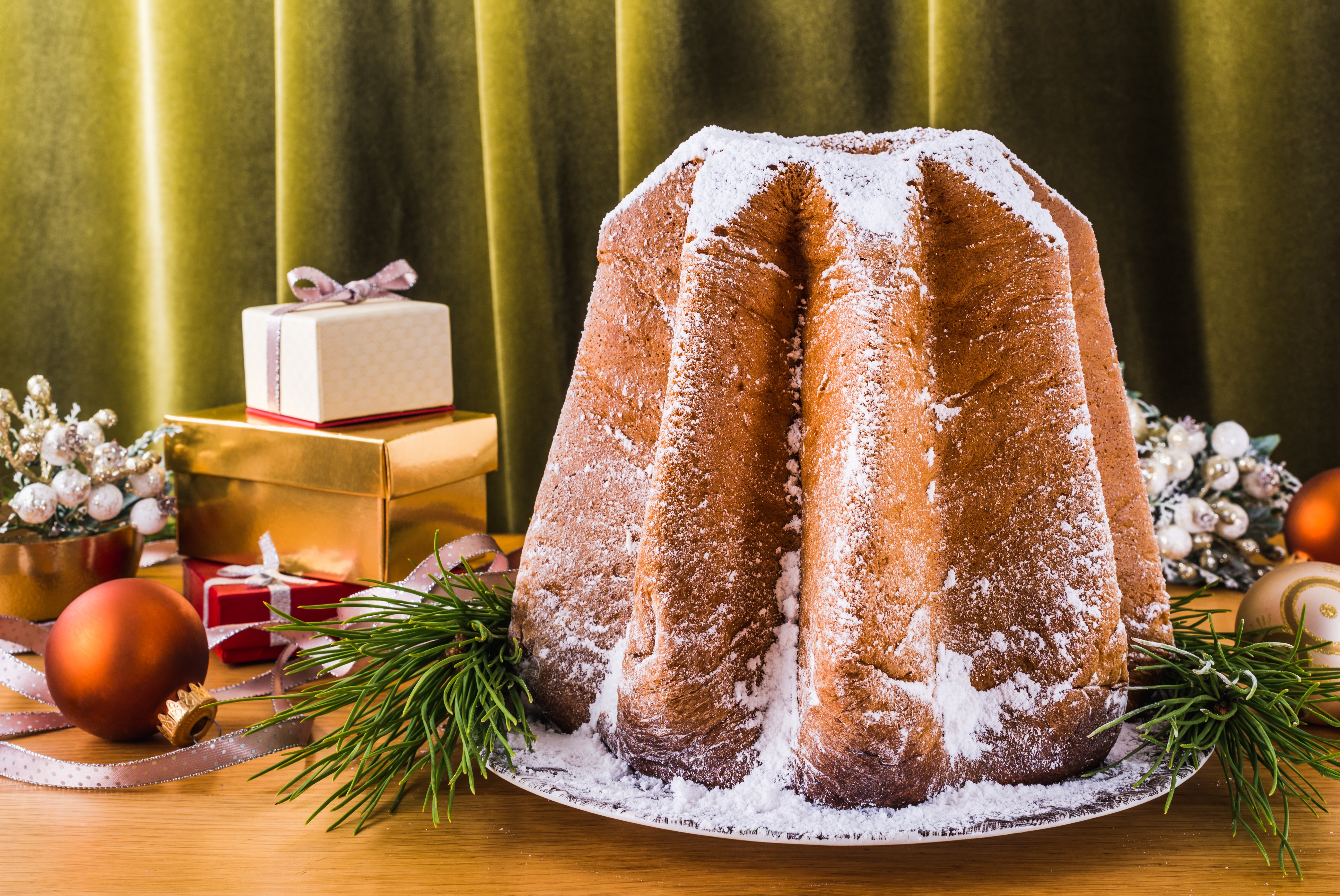Verona
What to eat
The Verona area boasts typical products ranging from land to water. Its traditional cuisine of poor, peasant origin is affected by the diversity of the area, ranging from the fish of Lake Garda to the cheeses of the Veronese highlands. Eating in Verona means fully immersing oneself in the culture of the Veneto, flavors come together giving rise to a unique culinary tradition.
RISOTTO AMARONE

Risotto all’amarone is one of Verona’s traditional culinary dishes beloved by visitors and the people of Verona. It owes its fame, in addition to its goodness, to the two ingredients renowned in the area: vialone nano and Amarone della Valpolicella. Vialone nano, grown in the lower Veronese area, is one of the most prized types of rice in Italy. Its characteristics make it a versatile ingredient that combined with Amarone della Valpolicella, a highly prized dry red raisin wine, creates a perfect mix, imparting an unmistakable aroma and taste. Adding the final touch is Monte Veronese cheese, which makes the dish more flavorful.
GNOCCHI

Gnocchi is a dish loved by children and adults alike, and in Verona it has a special meaning because it is linked to the tradition of the ancient Veronese carnival. Its origin dates back to 1531 when due to a famine, Tommaso da Vico had large quantities of food distributed to the people in revolt on the last Friday of Carnival. To be enjoyed covered in tomato or meat sauce, gnocchi are eaten on the last Friday of Carnival, known as Venardì Gnocolar, during which the Gnoco’s daddy, a traditional Veronese mask, parades armed with a fork and giant gnocco in the Bacanal parade.
PANDORO

Famous throughout the world, Pandoro is the typical Christmas cake, and its history starts in Verona. The city was, in fact, the birthplace of confectioner Domenico Melegatti, who patented the eight-pointed star-shaped cake in 1884. The inspiration for this culinary gem came from a traditional Veronese dessert, the Levà, prepared in the city on Christmas Eve. The name, however, is said to come from the ‘pan de oro’ popular around 1500 in the Venetian Republic, a conical cake covered with thin gold leaves. Soft and naturally leavened, pandoro is made with simple ingredients such as flour, eggs, sugar and butter. Its goodness and simplicity make it a product loved by young and old alike.

